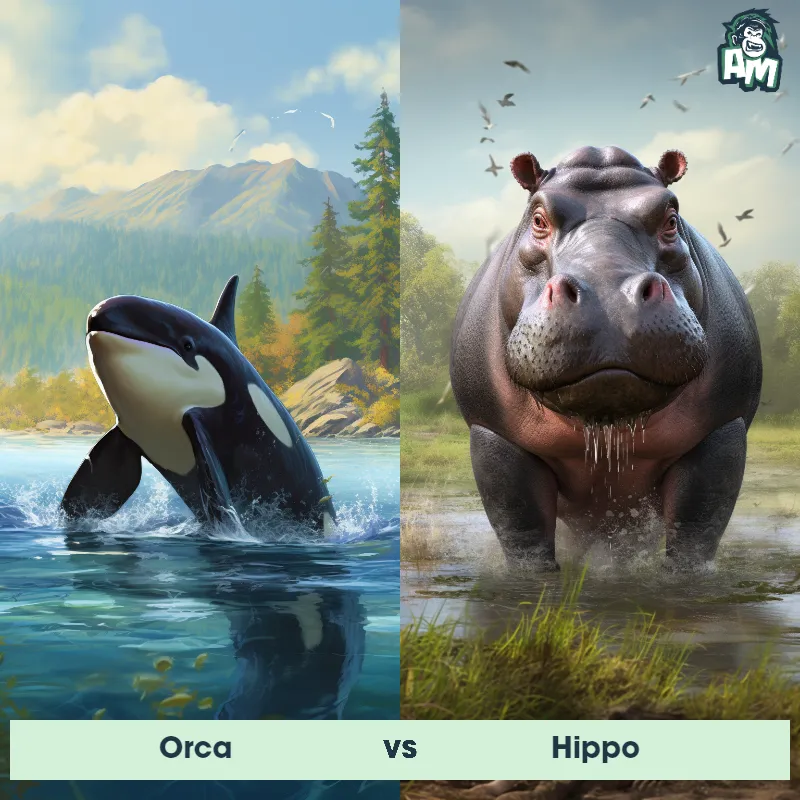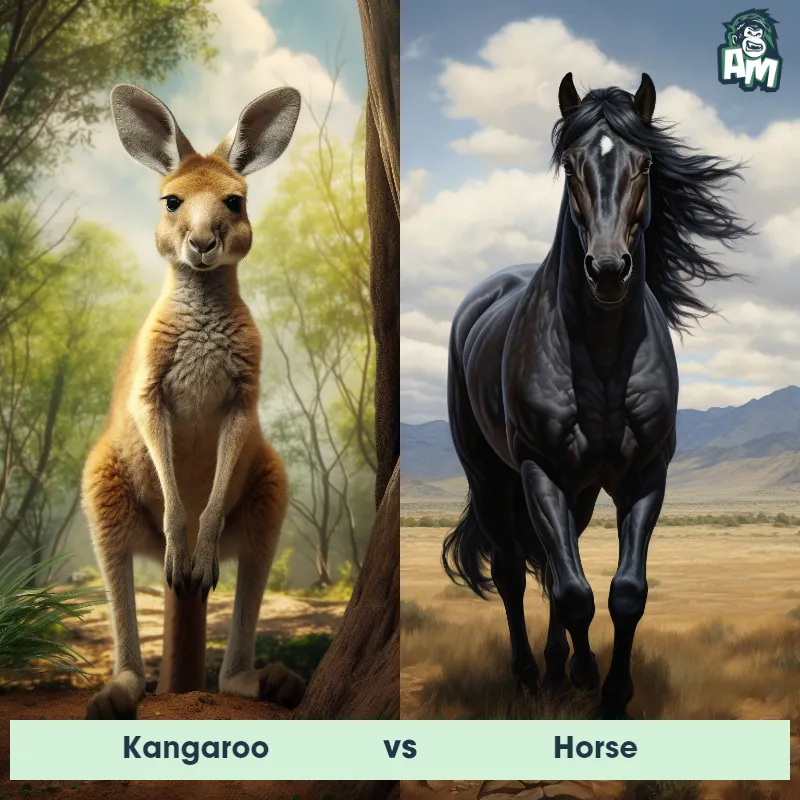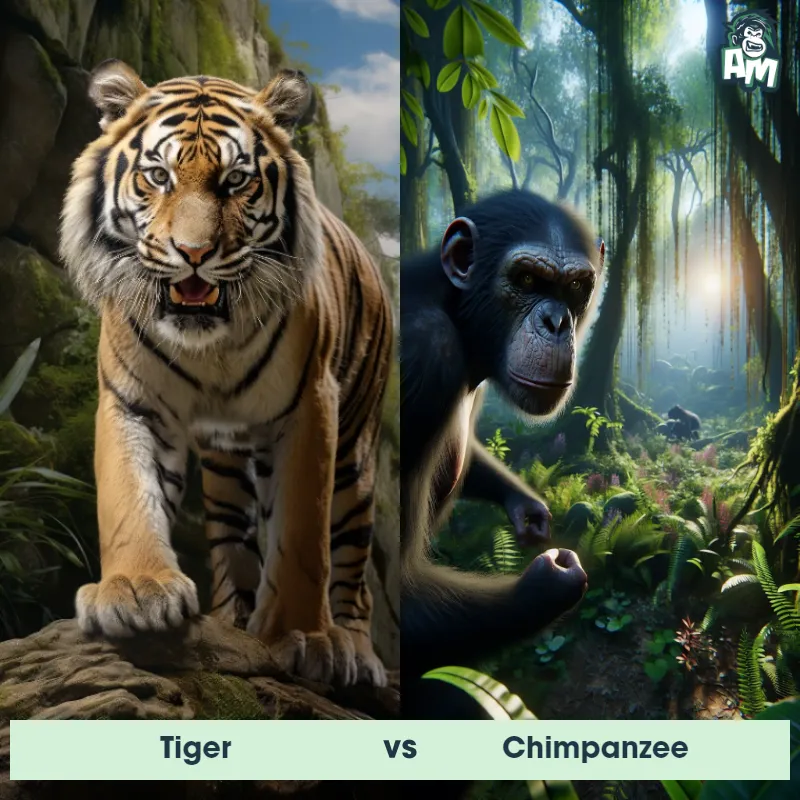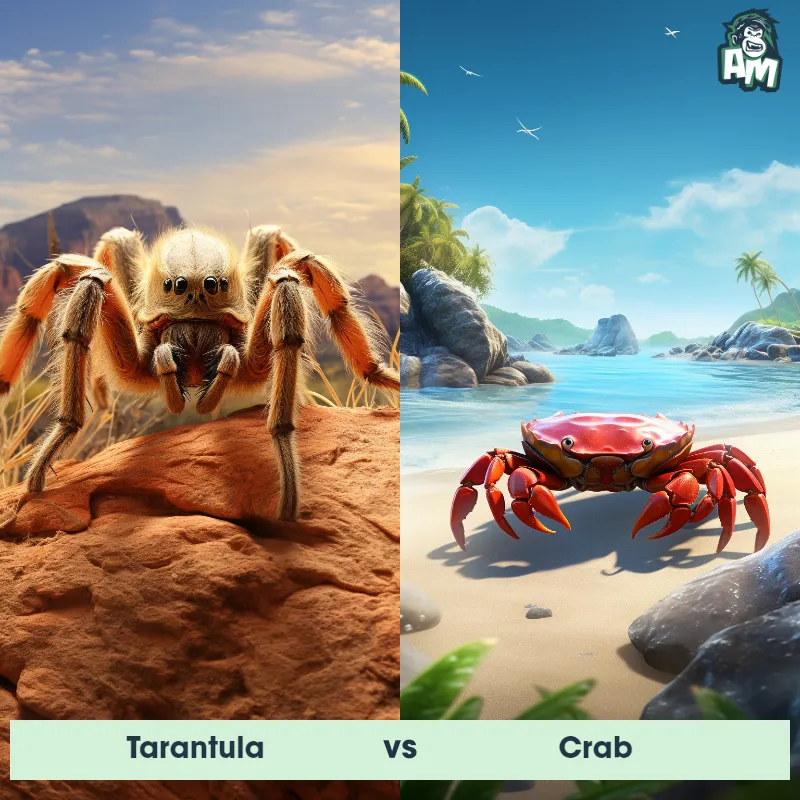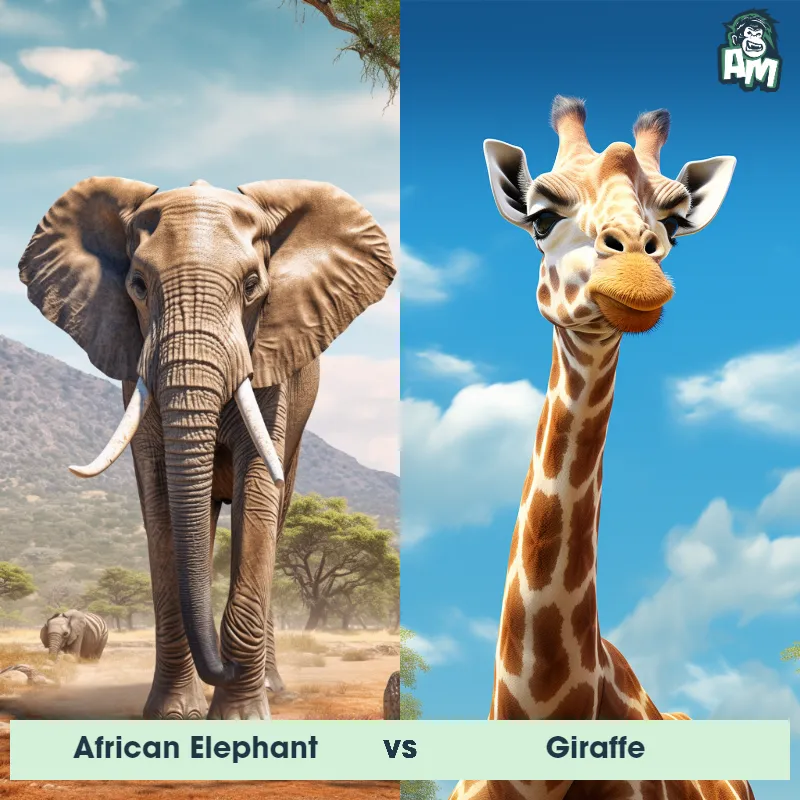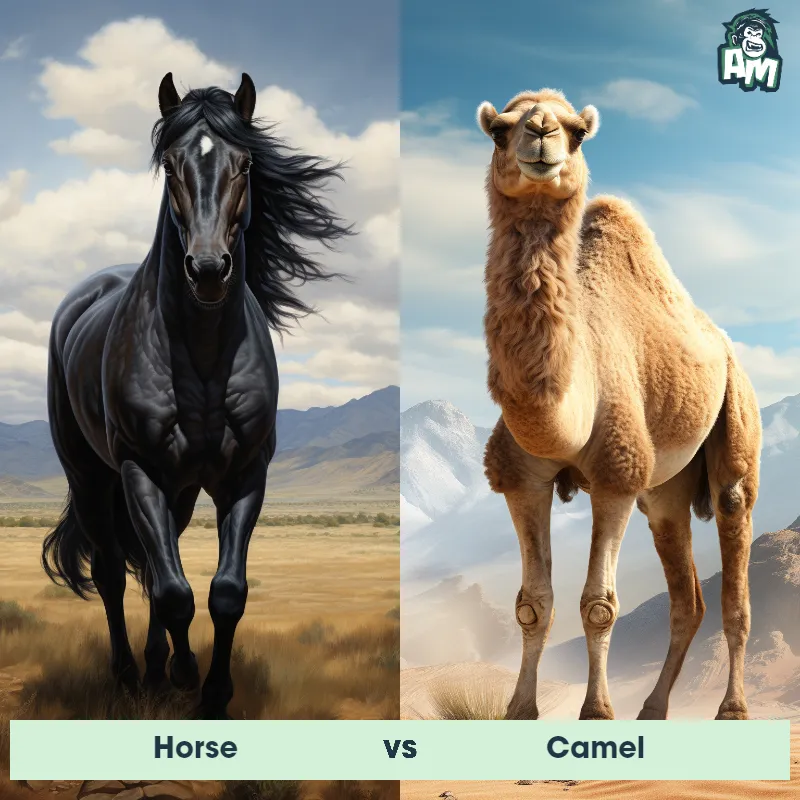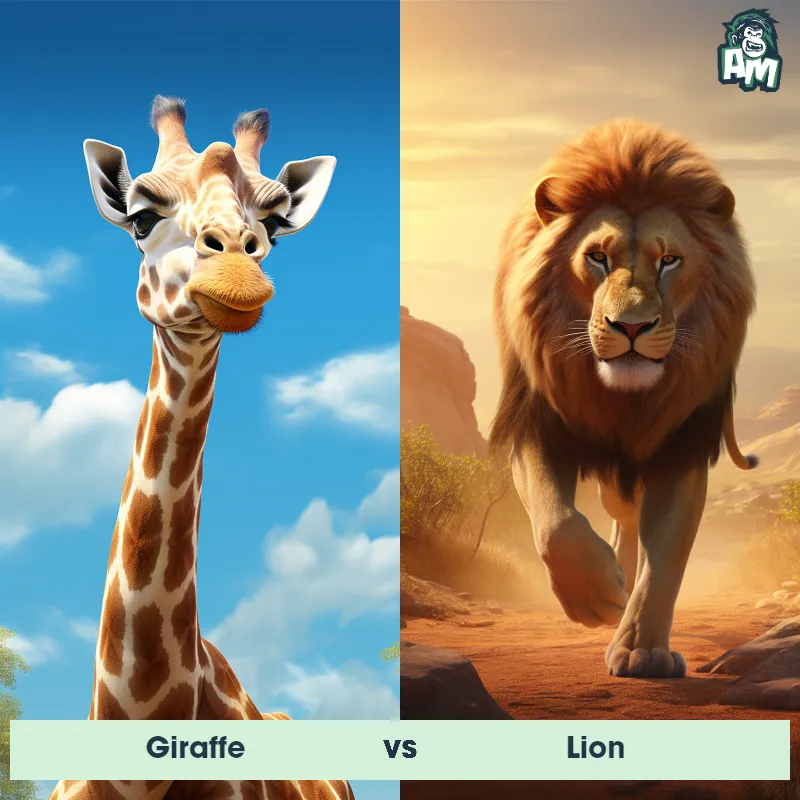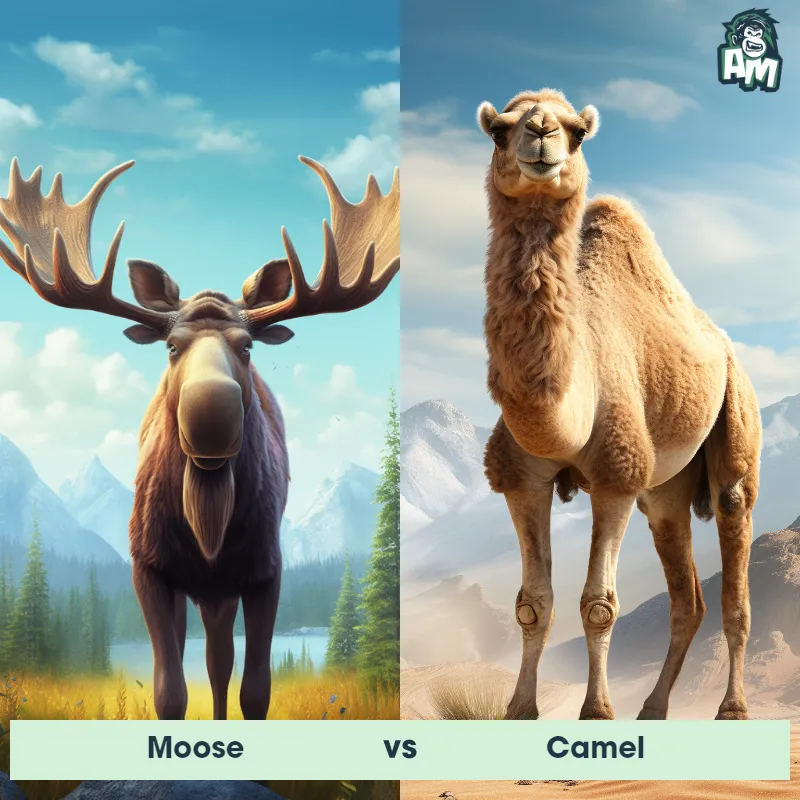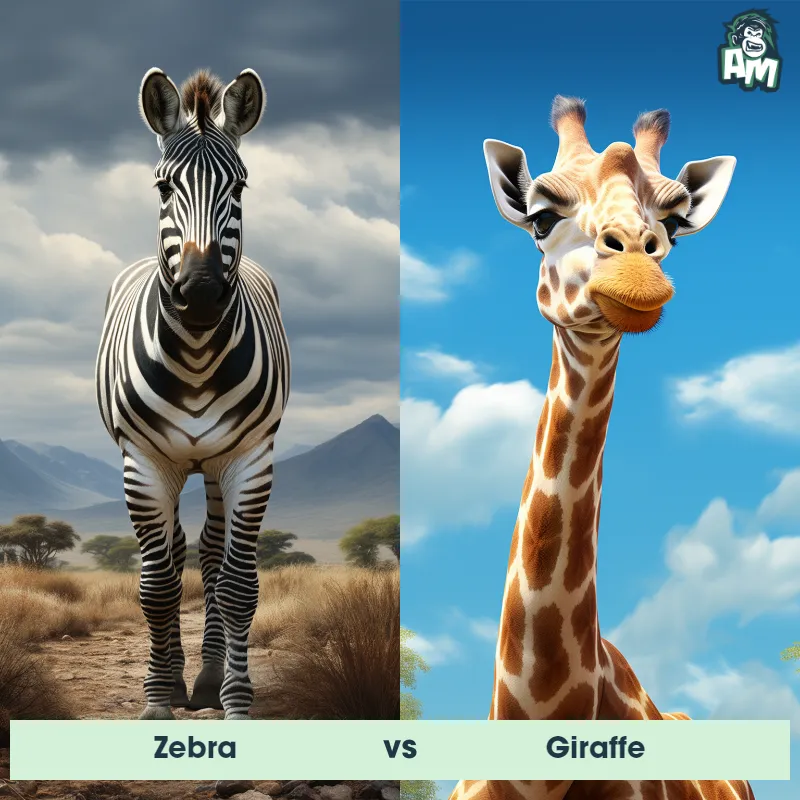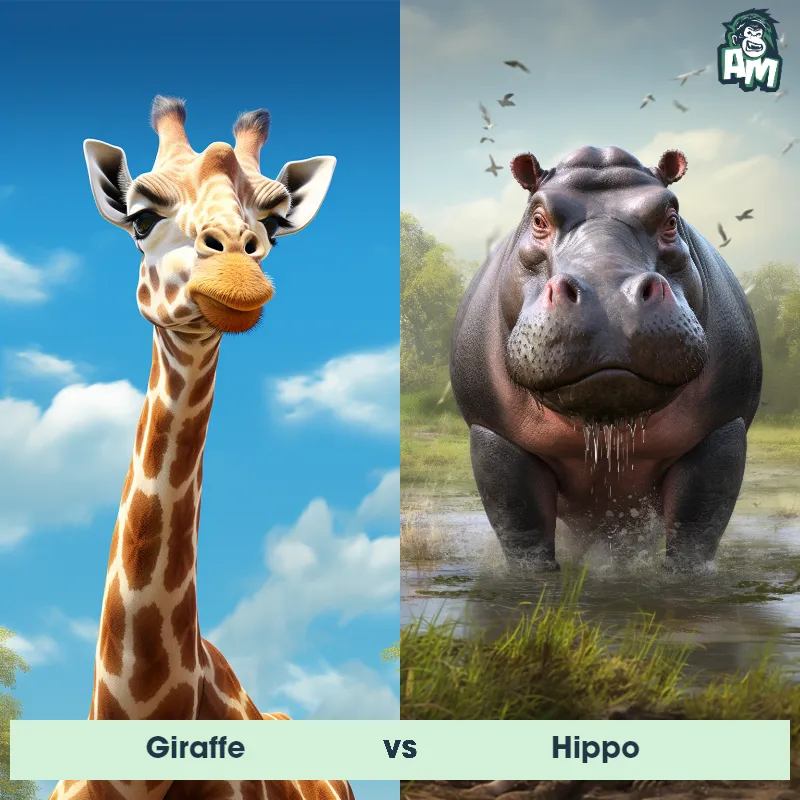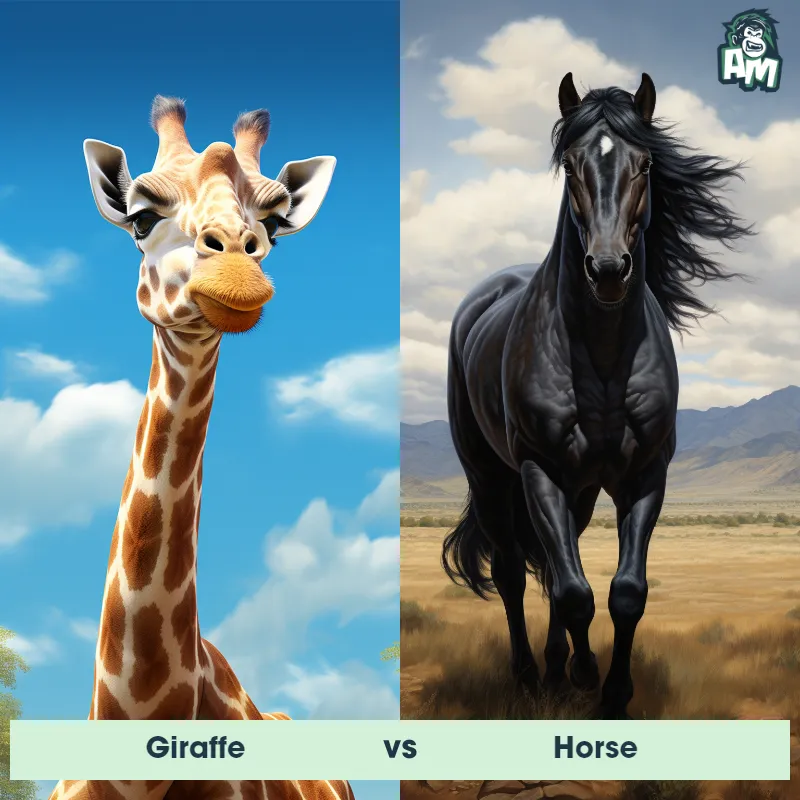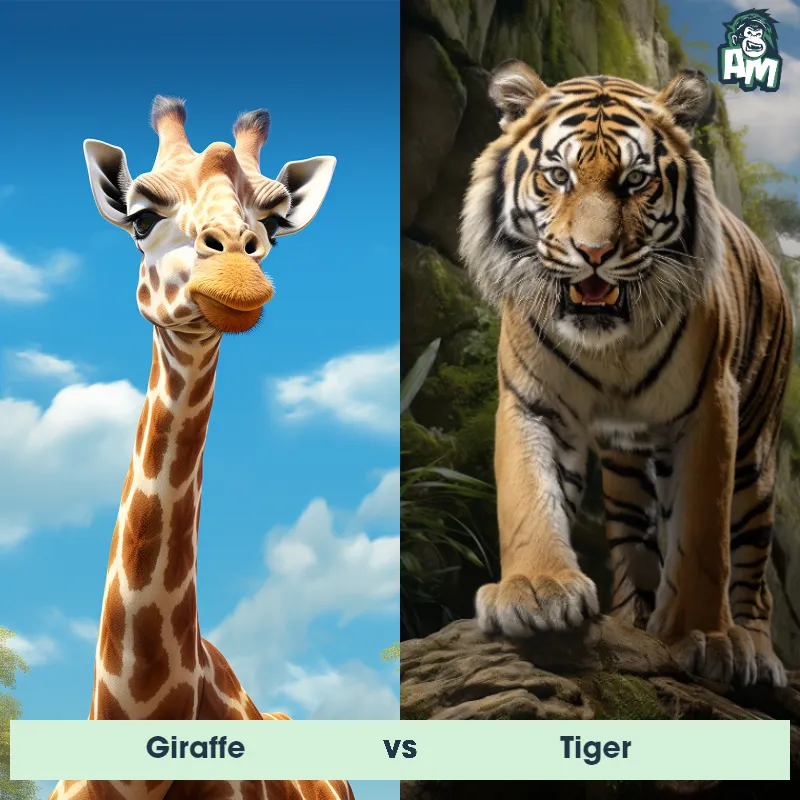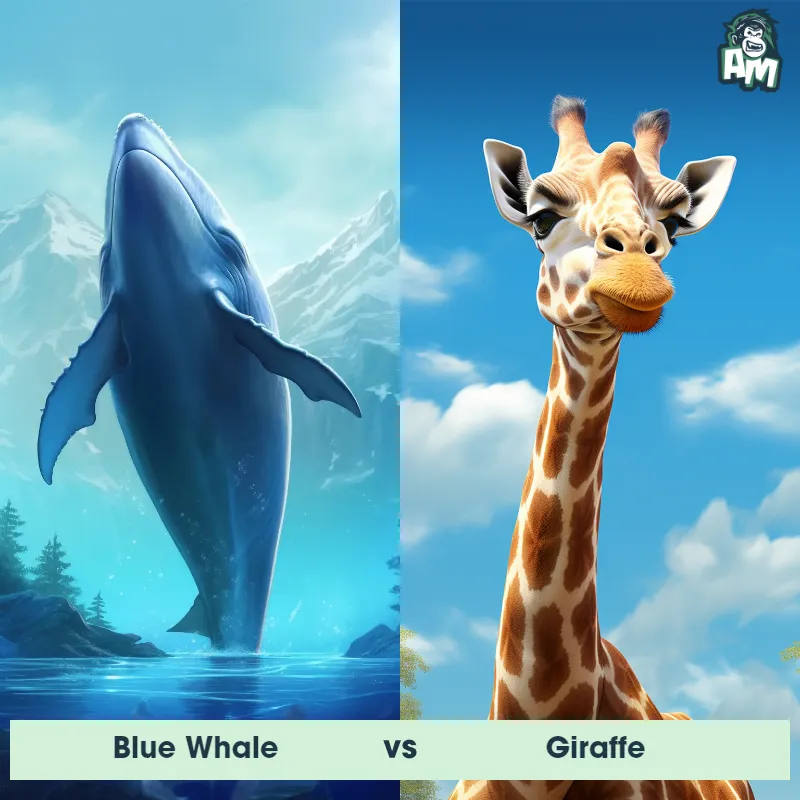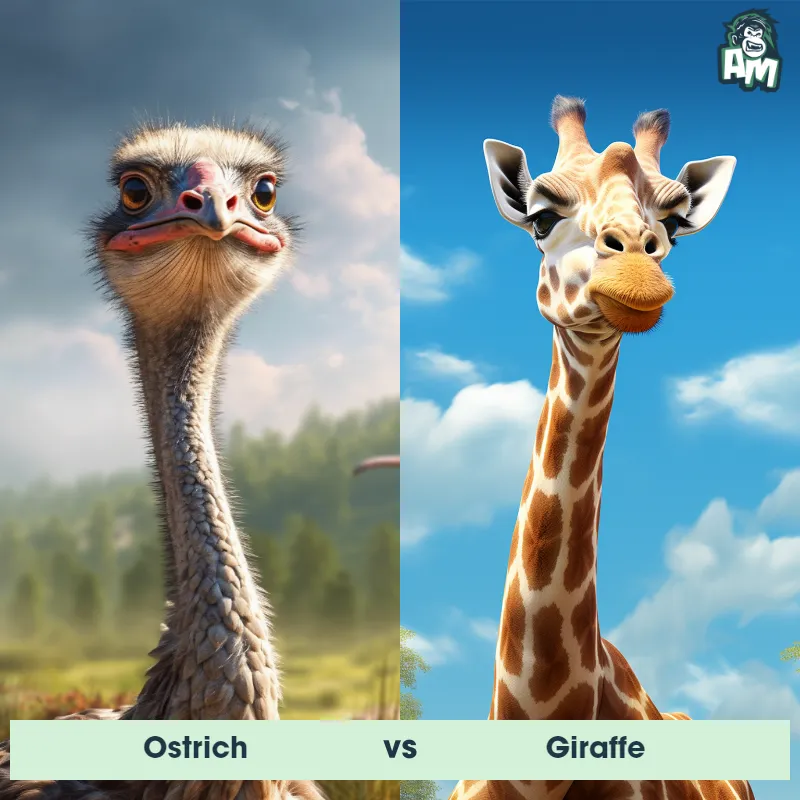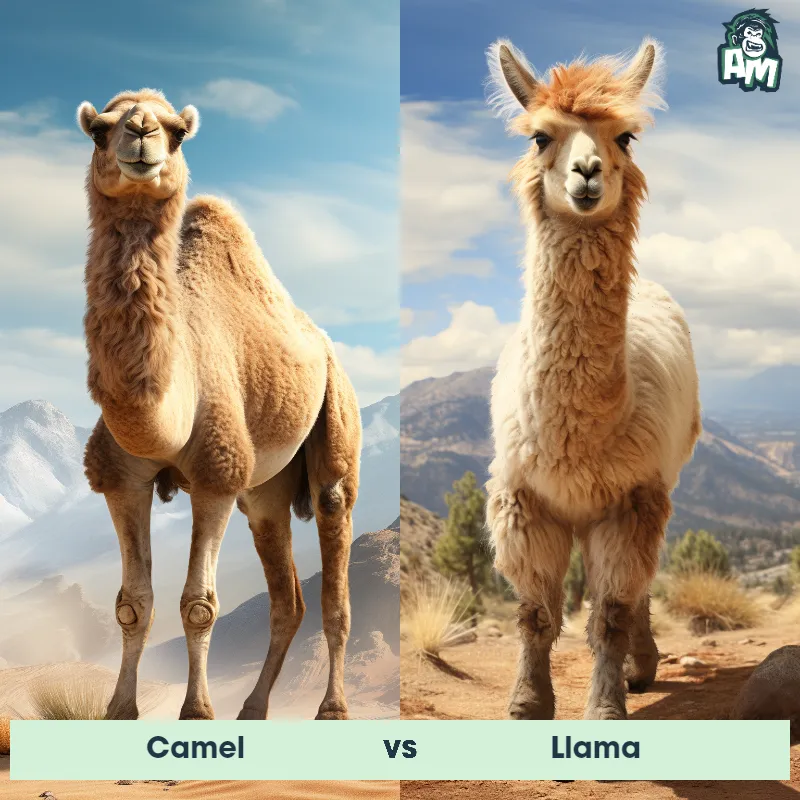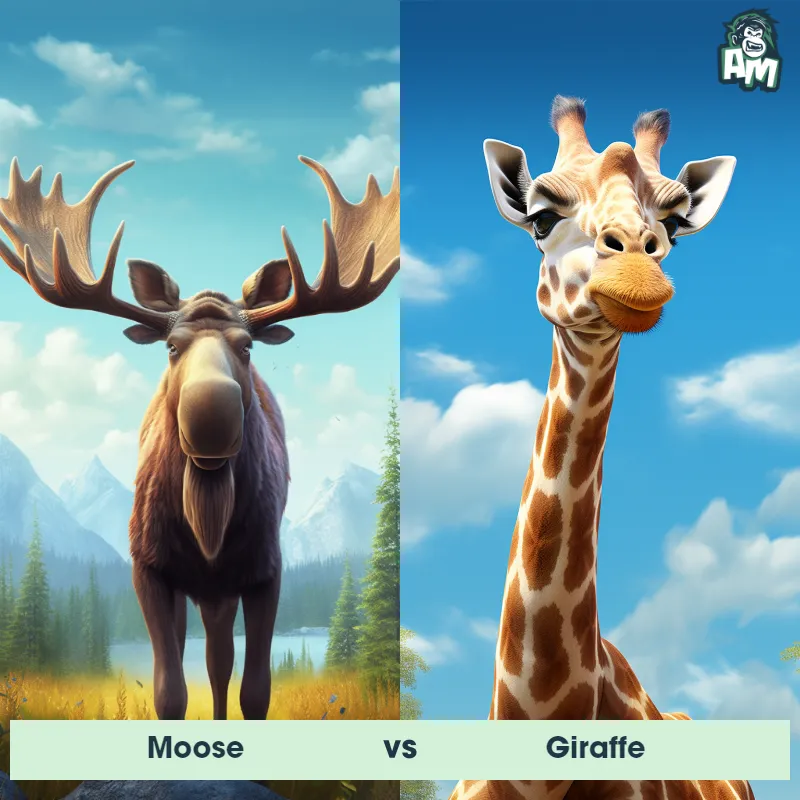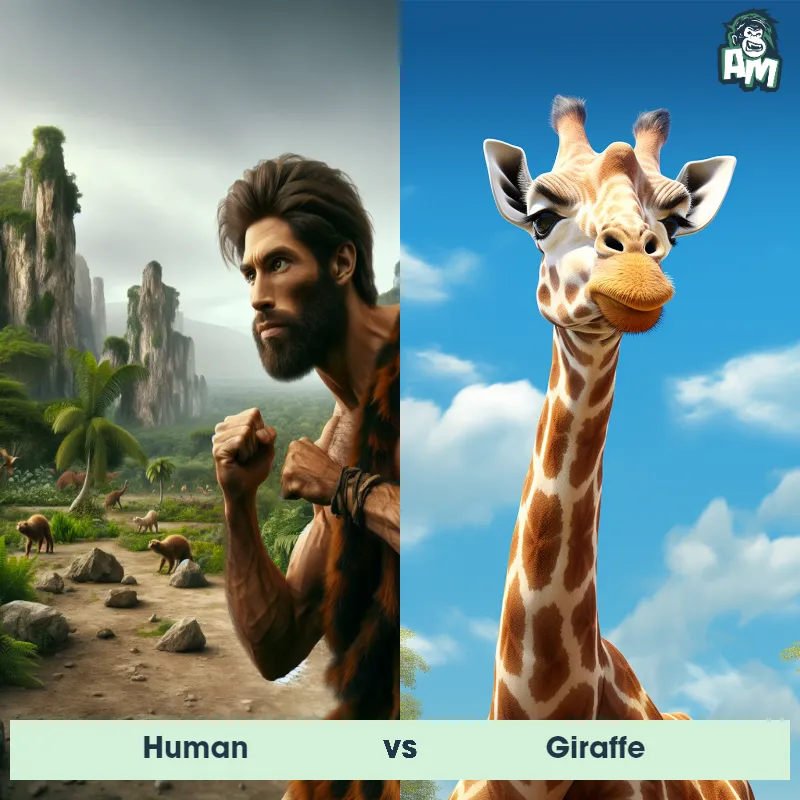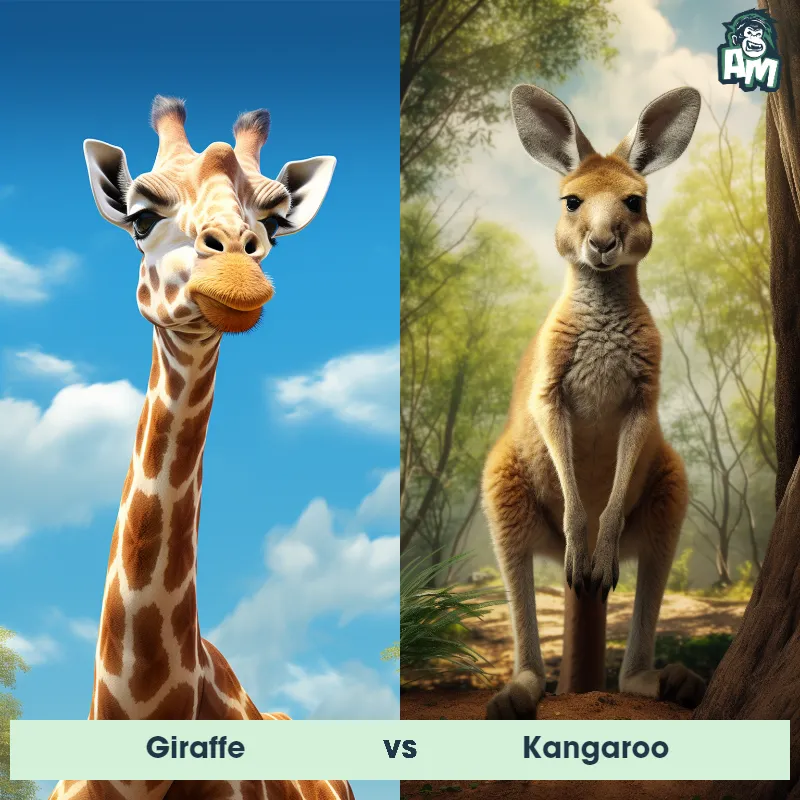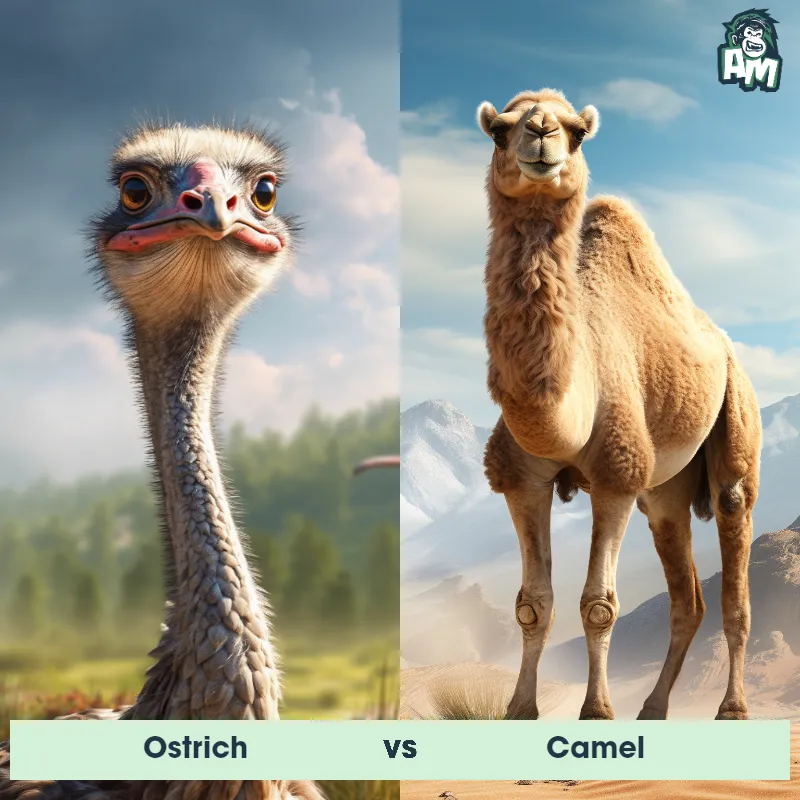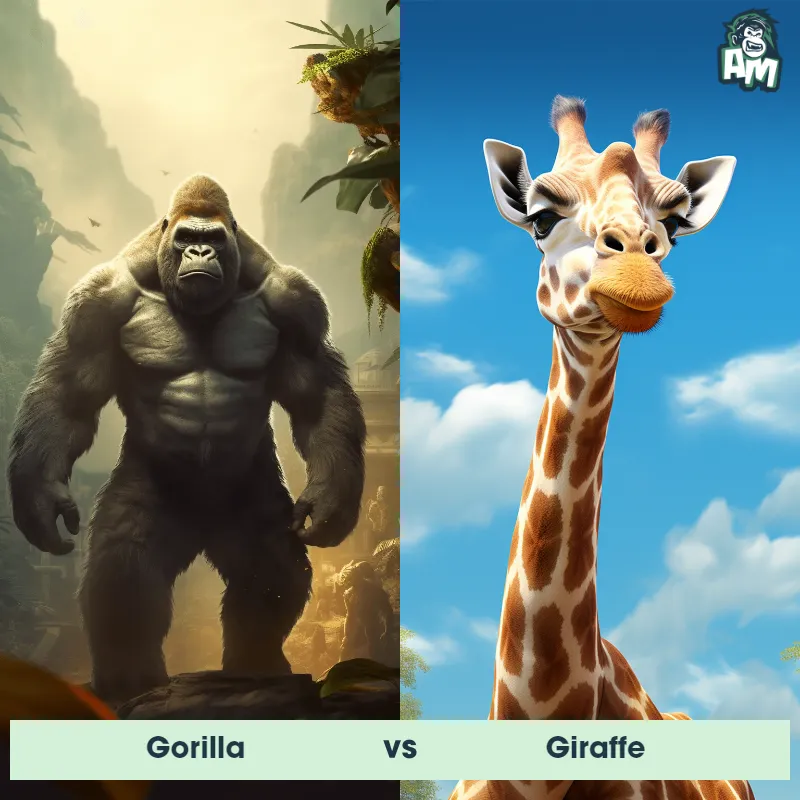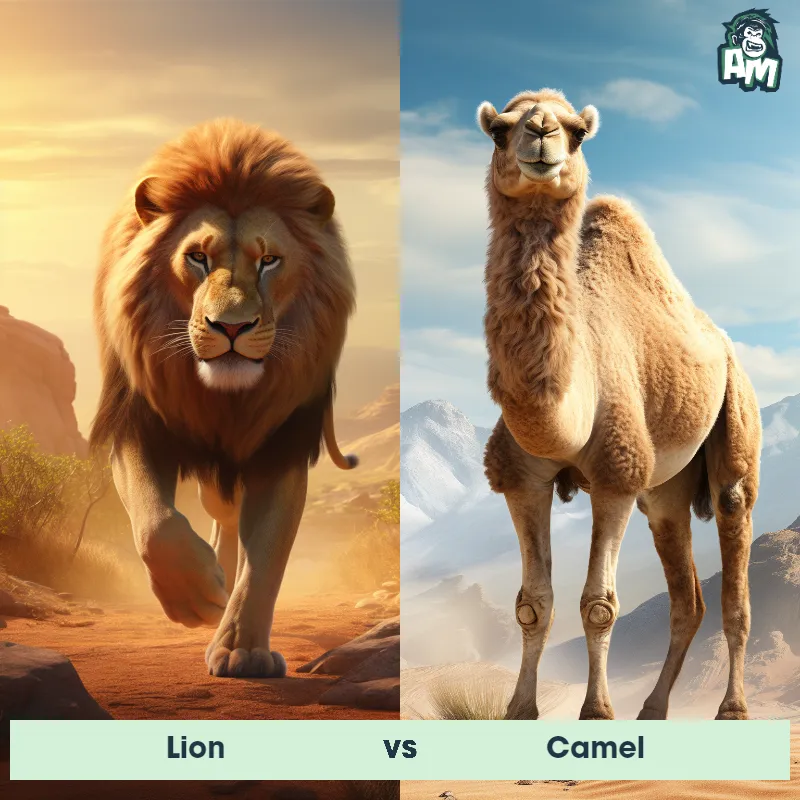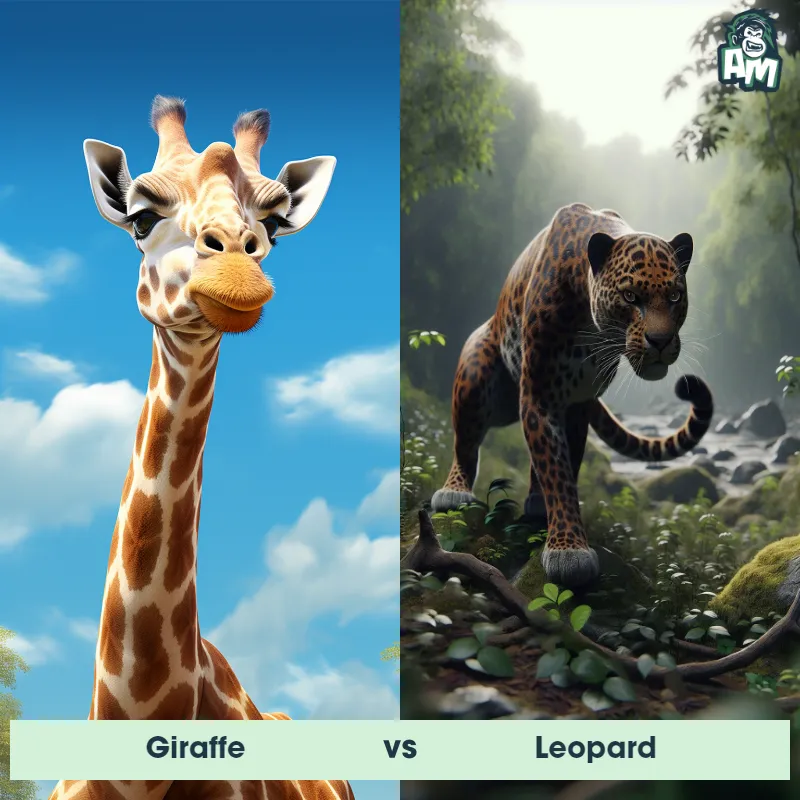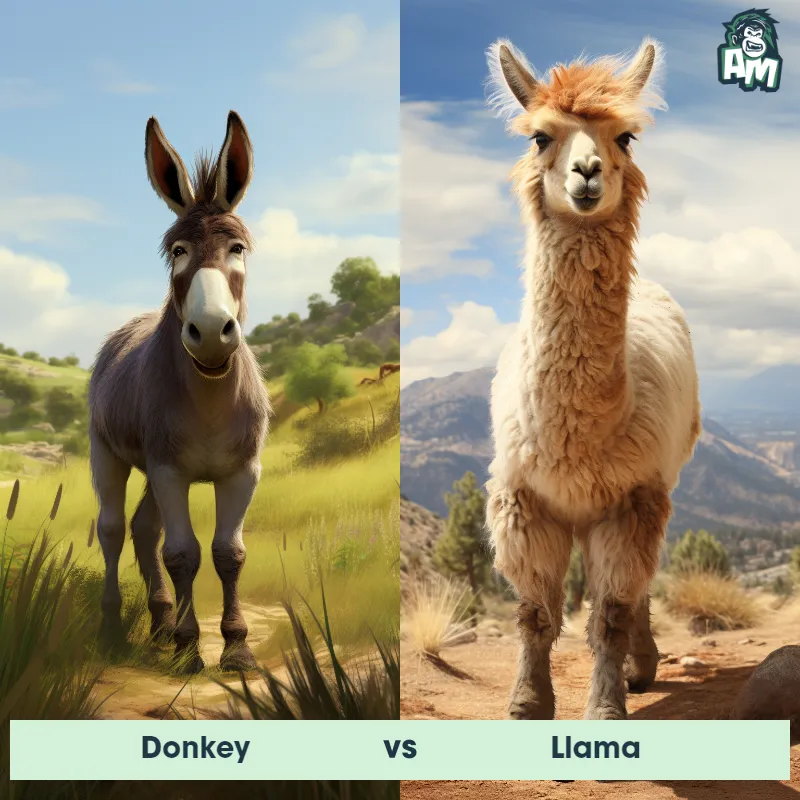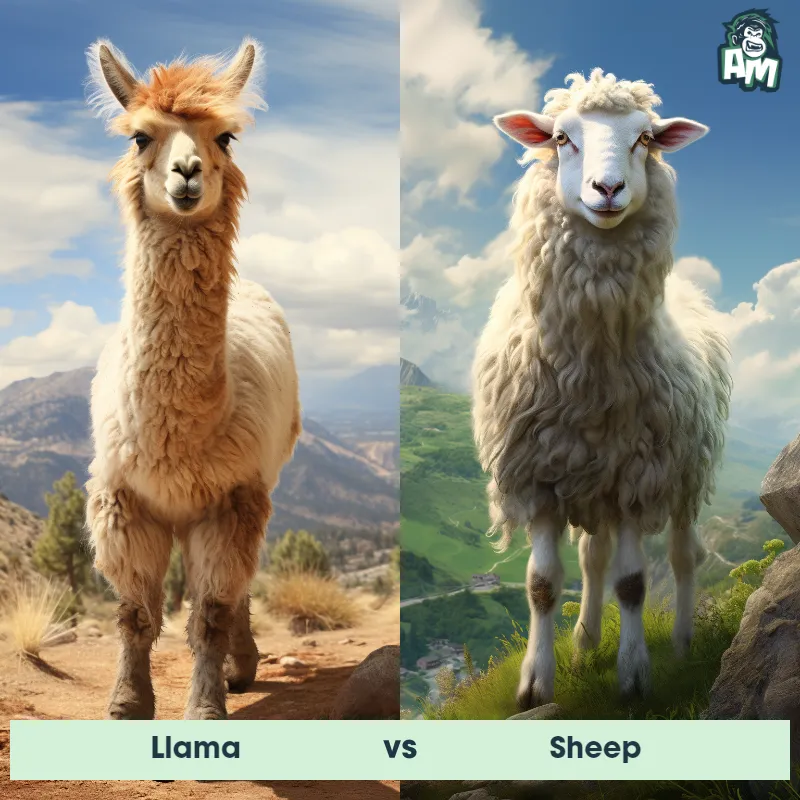Giraffe vs CamelSee Who Wins

Good evening folks! We're lining up an extraordinary display of strength, strategy, and endurance tonight with a unique bout featuring two of the animal kingdom's most distinct creatures. On one side, we've the long-necked master of savannah, the Giraffe, and on the other, the desert's most resilient survivor, the Camel. Strap yourselves in, folks. It's about to be a wild ride!
Contender 1: Giraffe
The giraffe is a majestic, long-necked mammal known for its exceptional height, which makes it the tallest land animal in the world. Adult giraffes can reach heights of up to 18 feet. Their unique appearance is characterized by a patterned coat with patches varying in color from orange and brown to lighter hues. Giraffes have long legs, a sloping back, and a small hump on their shoulders. They are native to Africa, primarily found in savannahs and woodlands, where they graze on leaves, fruits, and flowers.
Fun Fact: Despite their long necks, giraffes have the same number of neck vertebrae as humans, which is seven. Each vertebra can be up to 10 inches long.
Contender 2: Camel
Camels are large, hardy mammals known for their distinctive humped backs, which store fat reserves to sustain the animal in harsh desert environments where food and water are scarce. There are two primary species: the dromedary camel, which has a single hump, and the Bactrian camel, which has two. Camels are well adapted to survive in extreme temperatures, with long legs, leathery pads on their feet to prevent sinking in the sand, and thick eyelashes and ear hairs to keep out sand and dust.
Fun Fact: Contrary to popular belief, camels do not store water in their humps - they are actually filled with fatty tissue that the camel can metabolize for energy when food is scarce.
Matchup Stats
| Giraffe | Camel | |
|---|---|---|
| Size | Up to 18 feet tall (5.5 meters) | 6 feet at shoulder height (1.8 meters) |
| Weight | Up to 2,800 pounds (1,270 kilograms) | 1000-1500 pounds (450-680 kilograms) |
| Speed | 35mph (56km/h) | 40mph (64km/h) |
| Key Strength | Powerful kicks with their long legs | Strong legs and heavy body weight |
| Biggest Weakness | Vulnerable when bending down to drink water | Limited agility due to size and body structure |
Current Votes
Giraffe vs Camel
See Who Wins
View More Matches
Looking For More?
Similar Matches
Scientific Stats
| Giraffe | Camel | |
|---|---|---|
| Scientific Name | Giraffa camelopardalis | Camelus |
| Family | Giraffidae | Camelidae |
| Habitat | Savannahs, grasslands, and open woodlands | Deserts, arid regions |
| Geography | Africa | Middle East, North Africa, Central Asia |
| Diet | Herbivorous, primarily leaves, fruits, and flowers | Herbivore, eats thorny plants, dry grasses, and saltbush |
| Lifespan | 20 years - 25 years | 40 years - 50 years |
Key Differences between Giraffe and Camel
- Legs: Giraffes have long and slender legs, while camels have sturdy and robust legs that are well-adapted for walking in desert terrains.
- Coat pattern: Giraffes have a unique coat pattern consisting of large, irregular-shaped spots, whereas camels have a more uniform coat color, typically varying from light brown to dark brown.
- Neck length: Giraffes have an exceptionally long neck, which can measure up to 6 feet (1.8 meters) in length, whereas camels have a relatively shorter neck.
- Body shape: Giraffes have a long neck and slender body, while camels have a hump on their back and a more compact body shape.
- Head shape: Giraffes have a distinctive head shape with two small horns called ossicones, while camels have a rounded head with no visible horns.
- Tail appearance: Giraffes have a long, tufted tail with a black tuft at the end, while camels have a relatively shorter tail that is covered in coarse hair.




